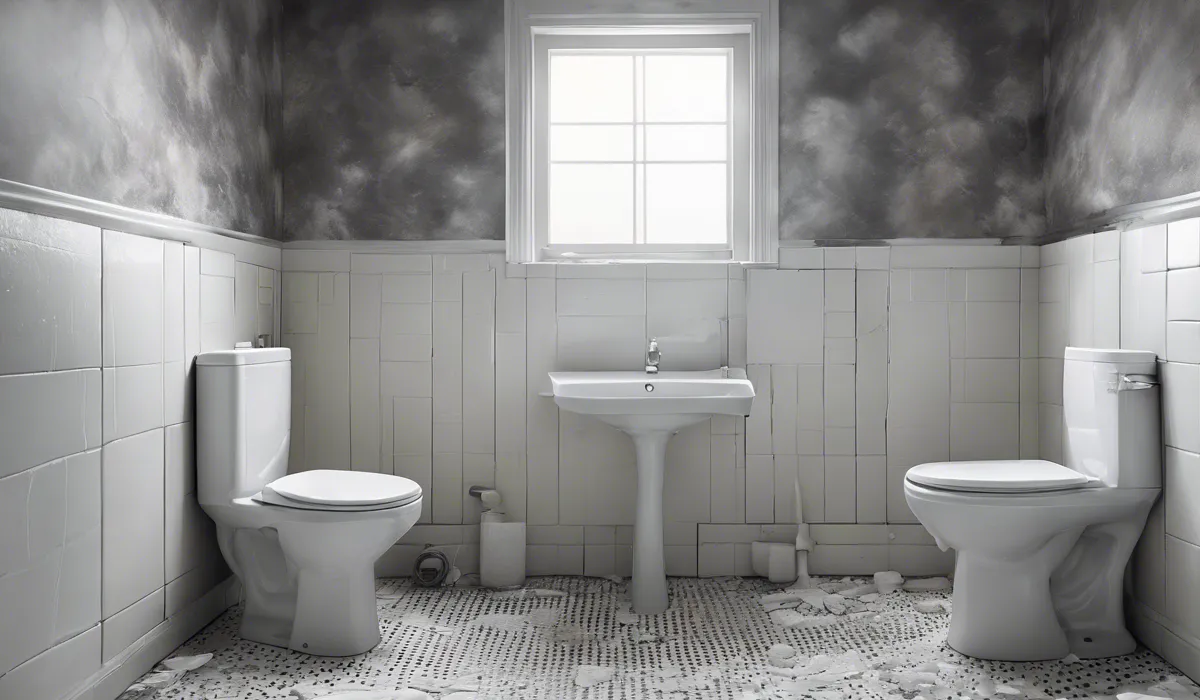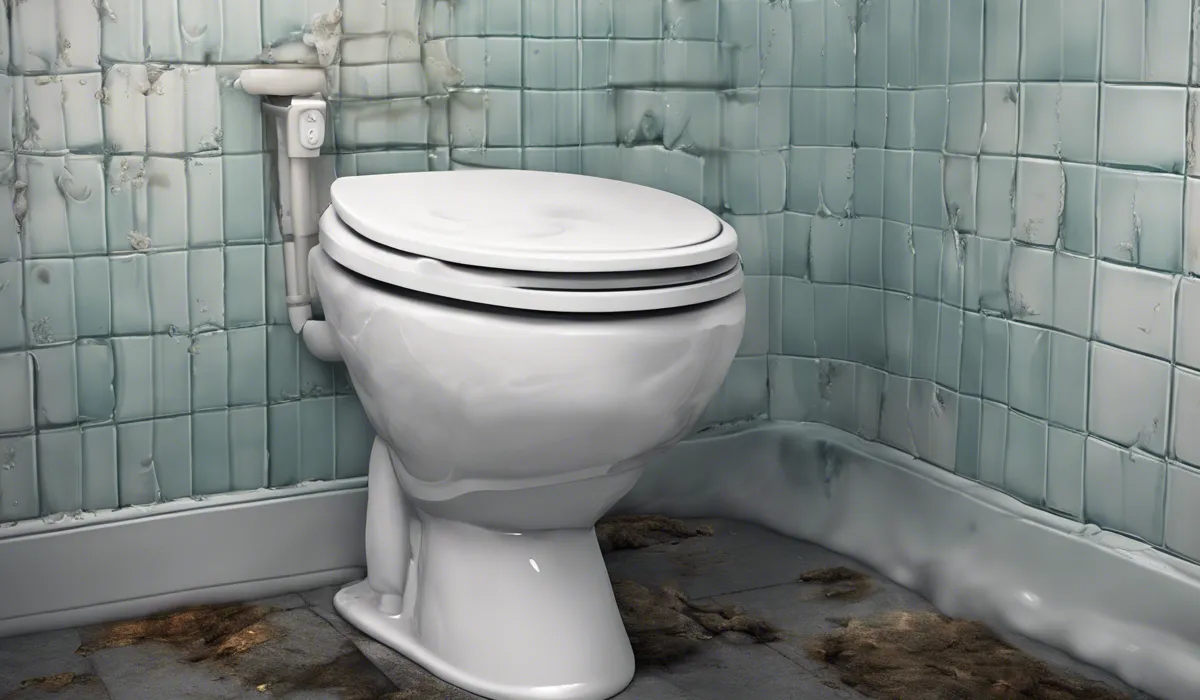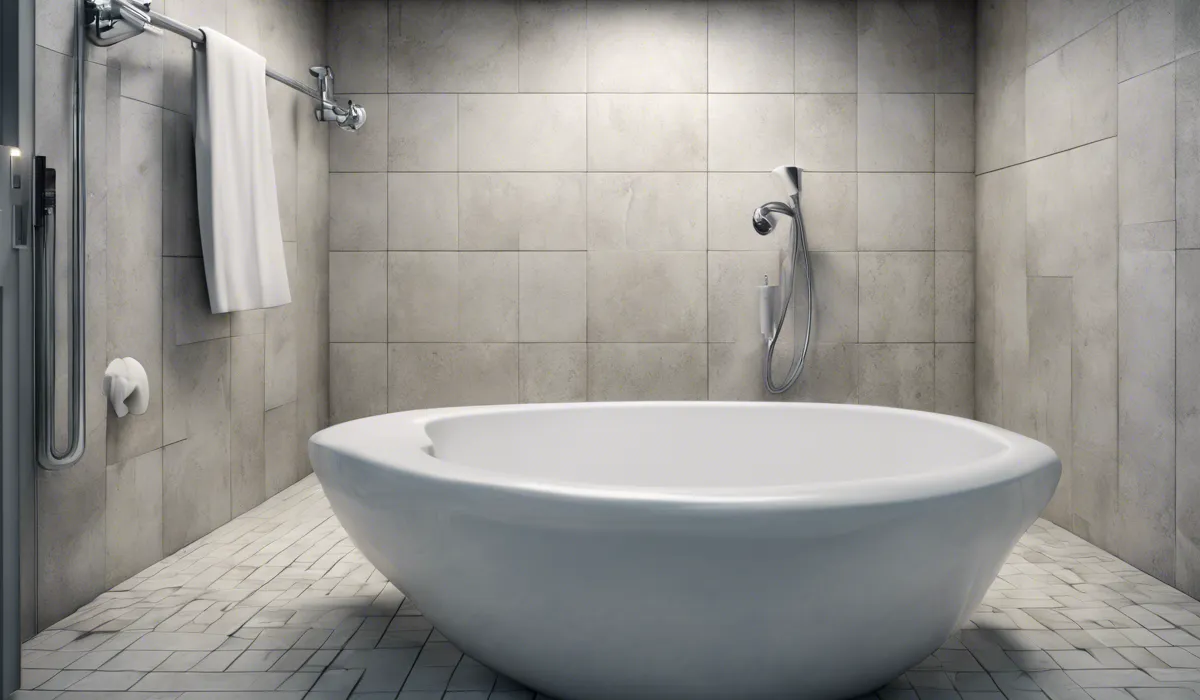Yes, mold in toilets can cause sickness. Exposure to mold spores may trigger allergic reactions, asthma attacks, or respiratory issues. It’s important to clean mold promptly and address underlying moisture problems to prevent health risks.
Understanding Mold in Toilets

What Is Mold?
Mold is a type of fungus that can grow indoors and outdoors. It thrives in warm, damp, and humid conditions, spreading and reproducing by making spores.
Mold comes in various colors, including black, white, green, or purple, and can look fuzzy or slimy.
Common Bathroom Molds
In bathrooms and toilets, the most common molds include Cladosporium, Penicillium, and the infamous black mold, Stachybotrys chartarum.
These molds are known to flourish in moist environments, often found on walls, ceilings, and around toilets.
Causes of Mold Growth in Toilets
Mold in toilets usually arises from persistent humidity, inadequate ventilation, and the presence of organic waste.
Bathrooms, especially those without windows or exhaust fans, create the perfect haven for mold to settle and proliferate.
Mold vs. Mildew
While often used interchangeably, mold and mildew have distinct differences. Mildew is typically lighter in color and has a powdery texture.
Mold, on the other hand, appears more invasive and can penetrate the surfaces it lives on, causing more damage.
Health Risks Associated with Mold Exposure

Potential Health Effects
Exposure to mold can lead to various health issues, particularly for those with mold sensitivities or compromised immune systems.
From mild allergic reactions to serious infections, mold can be more than just a nuisance.
Respiratory Problems and Mold
Respiratory conditions such as asthma, allergies, and infections can be exacerbated by mold exposure.
Spores can be inhaled and irritate the airways, causing coughing, wheezing, and difficulty breathing.
Skin and Immune System Reactions
Some individuals may experience skin irritation or rashes upon contact with mold. Additionally, those with weakened immune systems might have more severe reactions, including systemic infections in extreme cases.
Who Is at Risk?
Children, the elderly, and those with pre-existing health conditions such as asthma or immune disorders are particularly vulnerable to mold-related health problems. It’s crucial to maintain a mold-free environment for these groups.
Chronic Exposure Concerns
Long-term exposure to mold can lead to chronic health conditions. Symptoms might become more severe or lead to long-lasting respiratory illnesses, necessitating medical attention and intervention.
Prevention and Remediation Strategies

Cleaning and Maintenance
Regular cleaning is essential in preventing mold growth. By keeping the toilet and bathroom surfaces clean, you reduce the potential for mold to take hold.
Pay special attention to the toilet flange and other hidden areas where mold can thrive.
Ventilation and Humidity Control
To avoid mold growth, proper ventilation is key. Installing an exhaust fan or opening a window can help reduce moisture.
Using a dehumidifier can also maintain lower humidity levels, making the environment less hospitable to mold.
Choosing the Right Cleaners
There are various cleaning agents, both natural and chemical, that can effectively combat mold.
Vinegar, baking soda, and hydrogen peroxide are natural options, while bleach and commercial mold removers offer a chemical approach.
When to Seek Professional Help
If mold persists despite regular cleaning, or if the affected area is large, it may be time to call a professional.
They have the expertise and equipment to safely and thoroughly remove mold infestations.
Mold-Resistant Materials and Fixtures
When renovating, consider using mold-resistant materials such as antimicrobial tiles or paints.
Choosing the right fixtures can also make a difference, like a toilet flange designed to prevent leaks and mold growth.
FAQs About Mold in Toilets and Sickness
Can exposure to mold in toilets lead to illness?
Yes, exposure to mold in toilets can lead to illnesses, especially respiratory issues, allergic reactions, and asthma attacks.
What symptoms can mold exposure in bathrooms cause?
Mold exposure in bathrooms can cause symptoms such as coughing, sneezing, skin rashes, eye irritation, and nasal congestion.
Is it dangerous to have mold in your toilet?
Having mold in your toilet can be dangerous as it may cause health problems, particularly for individuals with allergies, asthma, or compromised immune systems.
How quickly should you address mold in the toilet?
Mold in the toilet should be addressed promptly to minimize health risks and prevent the mold from spreading.
What can be done to prevent mold from growing in toilets?
To prevent mold growth in toilets, regularly clean the bathroom, fix leaks, ensure proper ventilation, and keep humidity levels low.
Final Thoughts
Mold in toilets is a health hazard that can provoke various illnesses, such as allergies, asthma, and respiratory issues.
It is vital to promptly eradicate mold and tackle any moisture issues to mitigate these risks and ensure a safe bathroom environment.
